My birthday is on this coming Tuesday, but I hate having long, relaxing dinners (especially ones with alcohol involved) during the work-week, so I invited a few friends and my folks to come dinner at a restaurant I’d been wanting to try, Sakura on de la Montagne. I read that the waitresses and staff wore kimono, so I figured I would not stand out too much if I wore one too. What I was not anticipating is that the entire restaurant staff would be Japanese and dressed in simple komon and relatively informal obi. Enter one gigantic white person in a rather dressy kimono and even dressier obi, and hilarity ensues.
I chose to wear an outfit comprised of nothing but gifts, and I still cannot believe how perfectly everything worked out. I paired the pink Takara houmongi from Arian with the Stations of the Tokaido obi from Suara, and finished it off with a beautiful haneri from Naomi and obiage and obijime from my dear friend Jeff. Even the shawl was a gift – my grandmother crocheted it.
The restaurant was absolutely lovely. The decor was decidedly Japanese and we sat in a tatami room, but it was subtle and tasteful – not a cheesy theme restaurant, which unfortunately are the norm around here. The owner, Ishii Noriko-san, was incredibly kind and fussed over my outfit repeatedly. She’s offered to contact a Japanese tutor for me, and insisted I come back again in kimono. The food was delicious and the wait staff were all very kind. They allowed me to order off the “other” menu – the one intended for the Japanese clientele, and I had unadon. They also found out the dinner was for my birthday, and brought the table some delicious green tea ice cream (mine had a sparkler in it!) as well as a special box of yokan for me. I was incredibly touched.
My mother took a photo of Noriko-san and I. Doesn’t she look stylish? I loved her obi so much! This photo also does a great job of illustrating why clothing made for the average Japanese woman is so difficult for me to wear.
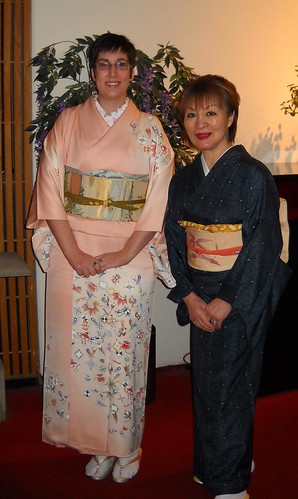
Uchikake in the front receiving room
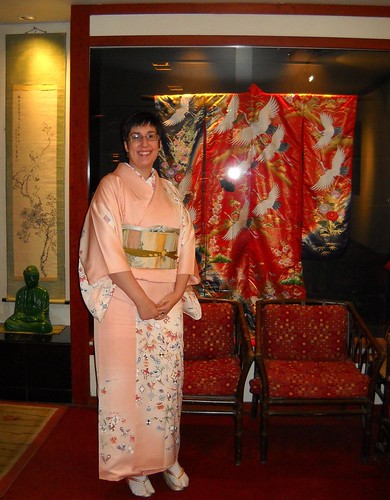


Delicious courses of dinner – shrimp gyoza, salad, sushi, dessert.


Delicious unadon. This wasn’t on the regular menu, I had to special-order it from the “Japanese people” menu XD. I love me some grilled eel. Next time though, I think I will try the katsudon!
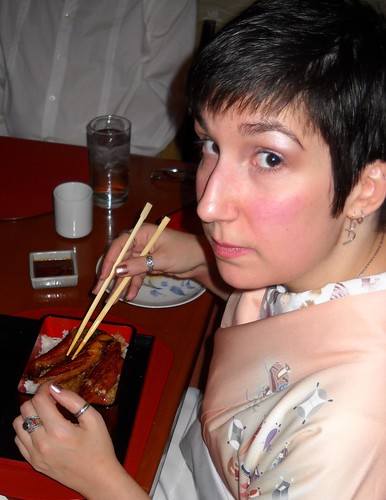
I was incredibly surprised and touched when Noriko-san came in with my special birthday yokan.


I also received some incredibly sweet gifts, Andy got me a DVD of a spy series I know he is very fond of, The Sandbaggers, and Leslie gave me two beautiful antique woodblock prints by Kunisada that she purchased in Japan quite a while ago. I was so touched. The whole evening was wonderful.






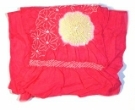
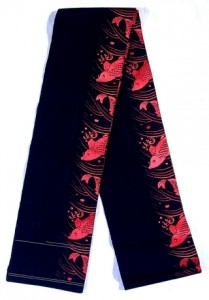
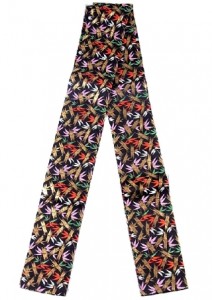
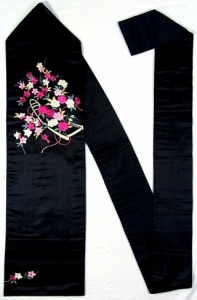
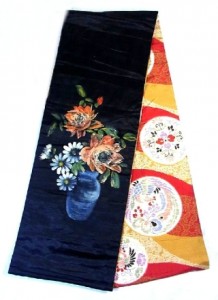
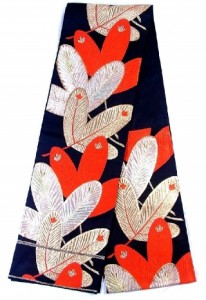
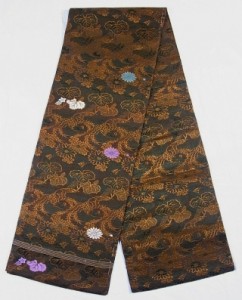
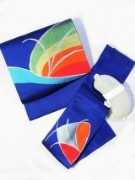
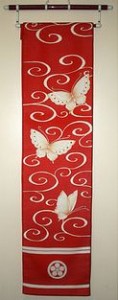




















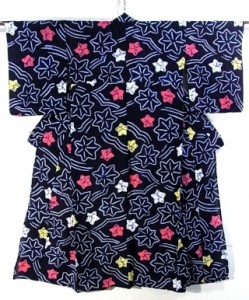
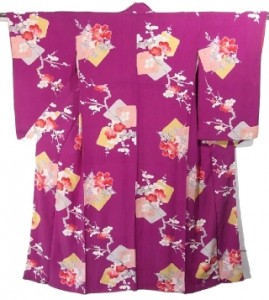
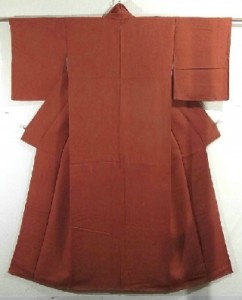
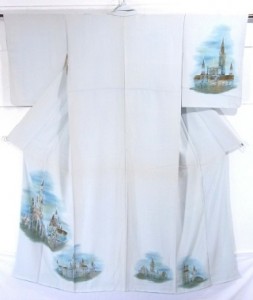
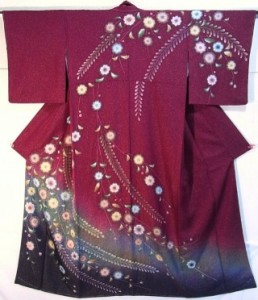
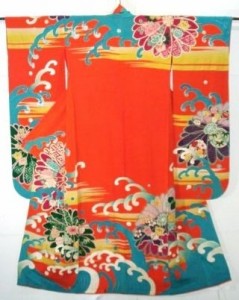
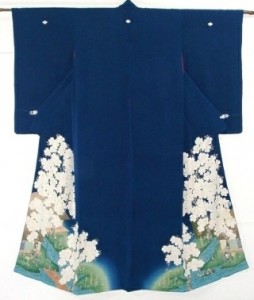
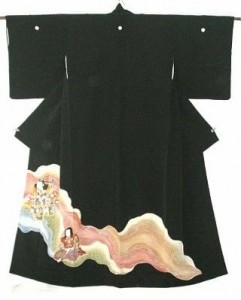
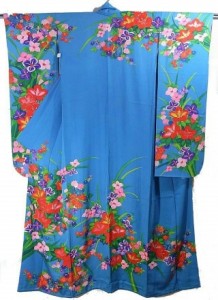
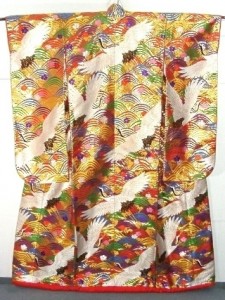
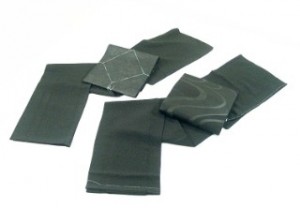
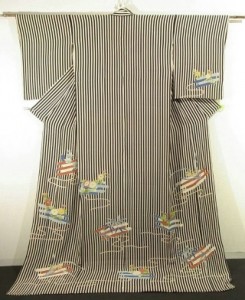












 Bebe Taian
Bebe Taian CHOKO Blog
CHOKO Blog Gion Kobu
Gion Kobu